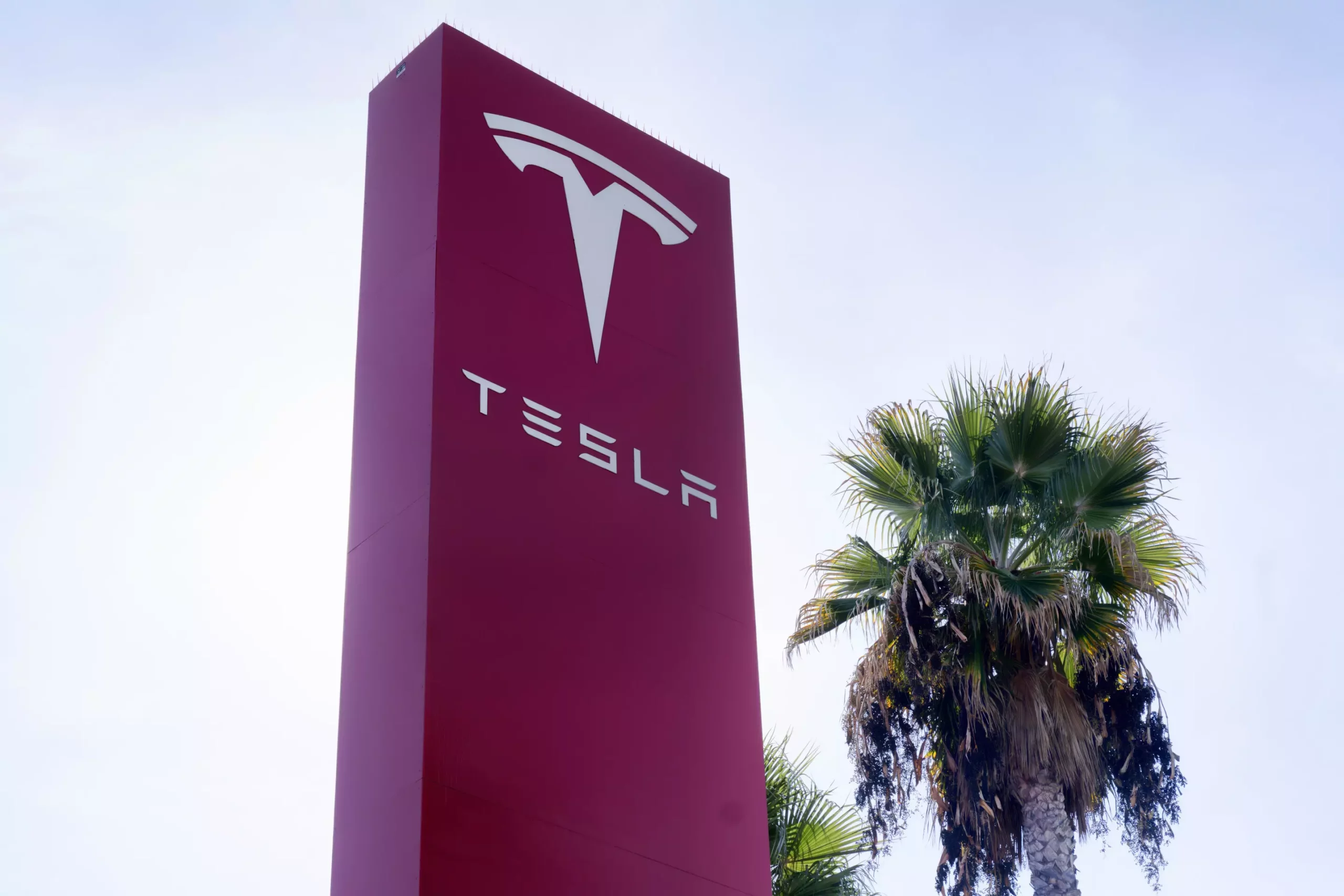The recent incident near Seattle involving a Tesla on Autopilot mode hitting and killing a motorcyclist has once again raised concerns about the potential dangers of relying too heavily on automated driving systems. The driver in this case admitted to looking at his cellphone while the Tesla was in motion, ultimately resulting in a tragic accident. This raises questions about whether Tesla’s Autopilot system is effective in ensuring that drivers remain attentive to the road while the vehicle is in motion.
Questionable Effectiveness of Recent Recall
Following a recall that was initiated by U.S. auto safety regulators to address a defective system in Tesla vehicles using Autopilot, concerns were raised about the efficacy of the measures taken. The recall aimed to update Autopilot software to increase warnings and alerts for drivers to pay attention. However, the recent incident involving the motorcyclist in Washington suggests that the recall may not have gone far enough in addressing the underlying issues with the system.
In the aftermath of the crash, authorities have reported that they have not yet been able to independently verify whether Autopilot was indeed in use at the time of the accident. This lack of accountability and verification raises further concerns about the oversight and regulation of automated driving systems such as Tesla’s Autopilot. The implications of this uncertainty are significant, especially in cases where lives are put at risk due to the misuse or malfunction of these systems.
Monitoring System Failures
Experts have criticized Tesla’s monitoring system, which relies on detecting torque from hands on the steering wheel as a measure of driver attentiveness. This system has been described as inadequate, with suggestions that more advanced technologies such as infrared cameras should be utilized to ensure that drivers are focused on the road. The limitations of the current monitoring system raise doubts about the effectiveness of Autopilot in preventing accidents caused by driver distraction.
The tragic incident involving the motorcyclist in Washington underscores the need for regulatory intervention to ensure the safety of all road users. Experts have called for a thorough investigation into the crash to assess whether the recall measures implemented by Tesla have been effective in mitigating the risks associated with Autopilot use. The role of regulatory authorities such as the National Highway Traffic Safety Administration (NHTSA) is crucial in holding automakers accountable for the safety of their automated driving systems.
Ongoing Concerns and Investigations
The crash near Seattle is just one of many incidents involving Teslas operating on Autopilot that have raised concerns about the safety of automated driving systems. The NHTSA has been investigating multiple crashes involving Tesla vehicles and other automakers with automated driving systems. The ongoing investigations highlight the need for continuous oversight and regulatory scrutiny to ensure that these systems do not pose undue risks to the public.
The tragic accident near Seattle serves as a stark reminder of the potential dangers of relying on Tesla’s Autopilot system to drive vehicles. The incident has highlighted the need for improved monitoring systems, regulatory intervention, and accountability measures to ensure the safety of all road users. As technology continues to advance, it is essential that proper safeguards are in place to prevent accidents caused by driver distraction or system malfunctions.


Leave a Reply